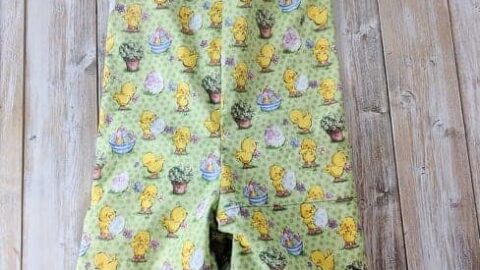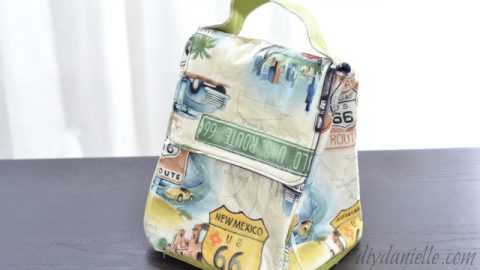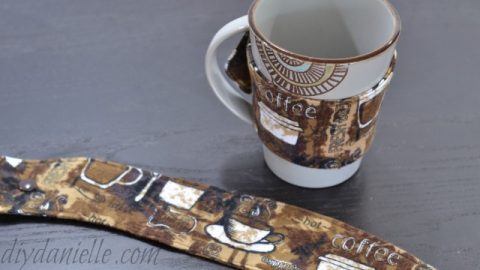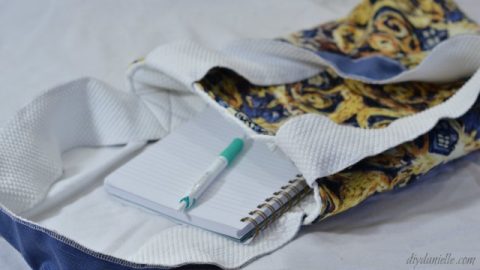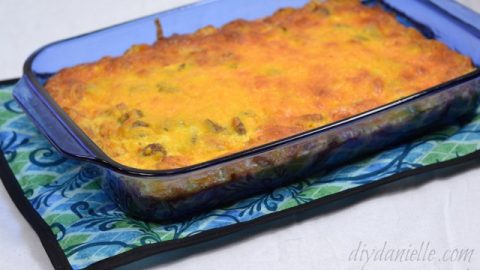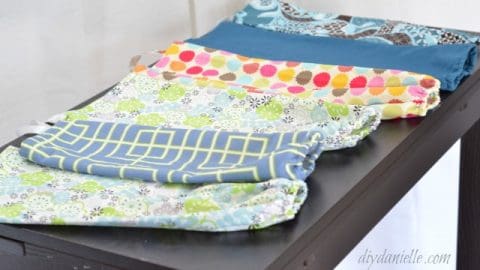What is Cotton Fabric? How is it Made? Tips and Tricks for Sewing with Cotton Fabric. And projects that you can sew with cotton!
Cotton is one of the most widely-used, versatile fabrics in the world today. You’ve likely touched cotton multiple times already today! It’s soft, strong, blends well with other fabrics, and comes in a whole host of finishes and textures to make it easily adapt to fit any purpose.
What is Cotton?
Cotton is a fully plant-based fiber that comes from the seed pod of the cotton plant. Cotton starts as a fluffy, seed-filled fiber mass in the shape of a ball called a boll. Cotton fibers are hollow in the center and are made almost entirely of cellulose and are meant to be picked up by the wind or natural pollinators to help spread the seeds of the plant.
This plant material has been used in textiles since ancient times. Remnants of textiles containing traces of cotton fibers dating from 5000-7000 years ago have been discovered in Mexico and Pakistan, placing the origin of cotton-based fabric in the prehistoric era.
Ancient cotton plants are genetically very similar to ones grown today despite decades of genetic engineering and breeding. Organic cotton has risen in demand in recent years due to growing environmental concerns.
Today, cotton is grown in the US, China, Brazil, Uzbekistan, Turkey, Pakistan and beyond.
- Absorbent
- Breathable
- Controls Moisture
- Durable
- Versatile
- Hypoallergenic
- Insulating
How is Cotton Made?
Cotton undergoes a lengthy process to become the soft fabric we find in many products we use on a daily basis, but it can be broken down into three main steps: cultivation, harvest, and processing.
Cultivation
Cotton is grown in areas with consistently high temperatures and needs lots of water. In fact, cotton requires more water than many other fiber crops and can be difficult to maintain in the hot climates the plant typically prefers. Combined with depleted soil nutrients and the evolution of numerous natural pests that can ruin the crop before it gets a chance to become fiber, it requires far more human intervention in the cultivation process than hemp or linen.
Cotton is a major monocrop (a single crop grown on the same plot of land repeatedly) which detrimentally depletes nutrients from the soil and contributes to erosion and other soil issues. Farmers have to supplement the plants with nutrients by using chemical fertilizers and protect them from their many insect enemies with pesticides, both of which have a negative impact on the environment.
Organic cotton typically doesn’t contribute to these problems as it’s rotated in a more sustainable farming model and doesn’t use chemicals in the growing process, but still requires large quantities of water.
Harvest
Cotton is no longer harvested by hand in the US. Nowadays, it’s harvested from the field using either a picking or stripping machine. Using a picker results in cleaner cotton not contaminated with other parts of the plant because the picker targets the fibrous bolls specifically whereas a stripper harvests more of the plant.
Processing
The bolls are opened and the cotton is first cleaned, removing seeds and debris from the fiber. Then the fiber is wetted down, heated, and pressurized into cakes. The natural wax on the fiber is removed during a process called scouring where a solvent is used to dissolve the waxy coating.
Next, the cotton fibers have to be purified (usually by a solution of bleach or hydrogen peroxide) which removes natural color and leaves only pure cellulose fiber behind. Then the cotton fiber cakes are opened, dried, and baled. It’s shipped to spinning plants to be carded and spun into cotton thread that can be used to make textiles.
Fabrics are woven or knitted together to create sheets of fabric or whole garments at once, depending on the method of assembly.
Are There Different Types of Cotton Fabric?
Yes! There are several different types of cotton fabric available today that are made with distinct types of cotton to produce specific results. Egyptian cotton and upland cotton make up tons of different cotton-based fabrics for different purposes
Egyptian vs Upland
What are the two major types of cotton? Most of the cotton in production today is either Egyptian or Upland cotton.
Egyptian cotton has longer fibers and is softer, more durable, and harder to grow than upland cotton.
Upland (or Mexican cotton) makes up 90% of today’s cotton production, has shorter fibers, and is easier to grow.
Types of Cotton Fabrics
Cotton can be manipulated into dozens of different fabrics to suit different textile needs. Here’s a list of some of the different types of fabrics made with cotton:
- Canvas
- Denim
- Chenille
- Corduroy
- Cotton lace
- Cotton twill
- Tweed
- Flannel
- Gauze
- Terrycloth
- Fleece
- Cotton mesh
- Cotton knits
- Poplin
- Velour
What Can You Make With Cotton Fabric?
This is one of the world’s most versatile fibers as demonstrated by the number of fabrics listed above – the uses for which are only limited by the imagination. Cotton fabric can be used to make all different types of clothing, accessories, home goods, and other textiles, like:
- Tops
- Outerwear
- Pants and skirts
- Dresses
- Shoes
- Scarves and hats
- Hair accessories
- Blankets and sheets
- Rugs
- Pillow covers
- Curtains
- Tablecloths
- Upholstery
- Reusable paper product replacements
- Crafts of all kinds!
Tips for Sewing With Cotton Fabric
- Use the right stitch length
Different weights of cotton work best with different stitch lengths. The lighter and finer the cotton, the shorter the stitch needed; the heavier and bulkier the cotton, the longer the stitch.
- Select the right thread type
Cotton thread is durable but doesn’t have much stretch and is great for products that won’t need stretch. For form-fitting clothing or other projects that need to have a little give, you can use a cotton blend or a fully synthetic thread that will allow the garment to move and stretch.
- Prewash your cotton fabric
Cotton will shrink in when it’s cleaned, so wash it prior to using it in projects or get already preshrunk cotton to ensure the outcome of the project is as close to your intended specifications as possible.
- Check the fabric grain before you cut
Because there are so many different cotton fabrics, there is no one-size-fits-all rule for cutting. Find out about the grain of the fabric before you attempt to cut your pattern so that you don’t cause excessive fraying and the fabric doesn’t fall apart as you’re trying to manipulate it.
- Finish all edges to prevent fraying
Speaking of fraying, let’s talk about edges. Cotton has a tendency to fray easily so edges should be surged, pinked, or otherwise bound to ensure longevity of whatever project you’ve just poured your energy into. The type of finish you decide to use on an edge is mostly up to your discretion and you should consider the aesthetic and purpose of your project when deciding what kind of stitching to use.
Projects with Cotton Fabric
Sewing Projects with Cotton Fabric
Easy to Sew Reversible Baby Romper Pattern
Learn how to sew an adorable baby romper with this simple tutorial.
Interested in learning about fabric that is good for you AND the environment? Check out my blog post about eco friendly fabric choices!
Interested in learning more about different fabric types? Check out my other posts about fabric including: What is Wool Fabric? | What is Linen Fabric? | What is Silk Fabric? | What is Hemp Fabric? | What is PUL Fabric? | What is Polyester Fabric? | What is Tencel Fabric? | What is Minky Fabric?
Please share and pin this post! If you make this project, share it in our Stuff Mama Makes Facebook Group. We have regular giveaways for gift cards to craft stores. You can also tag me on Instagram @doityourselfdanielle; I love seeing everything you make!



